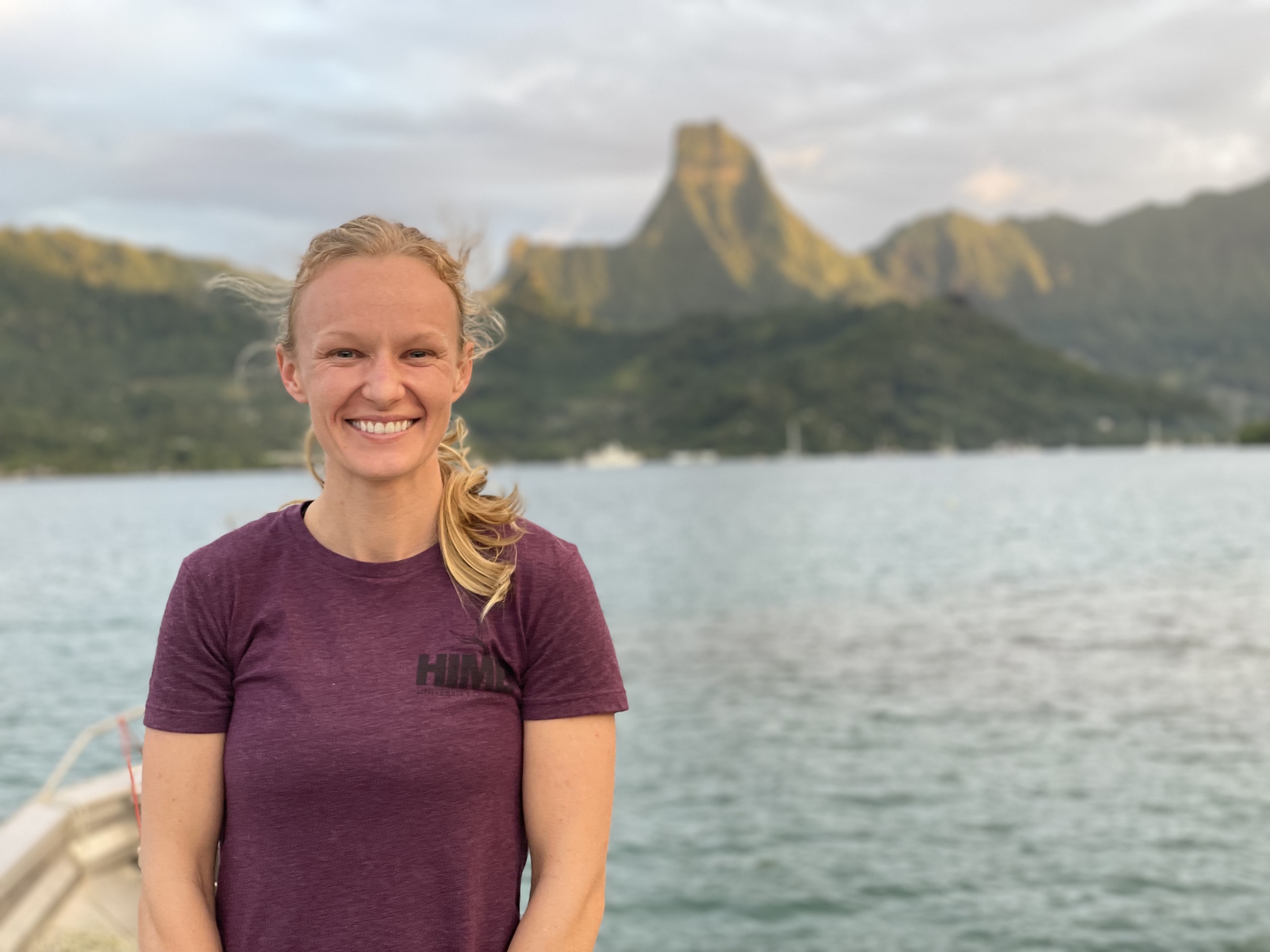Sequim Bay Oyster Spring Assessment
This post summarizes field activities to assess growth and survival of oyster outplants at Sequim Bay in Sequim, WA.
Field Work
Today Matt and I assessed growth and survival and maintained outplants at Sequim Bay. Here are the things that we did:
- Added cattle tags to all bags
- Took an image for size
- Counted dead and live oysters
- Collected previously launched loggers and launched two new temp loggers
- Redeployed all bags
We processed 8 total bags today. This included 3 “treated” oyster bags and 5 “control” oyster bags. The treated bags were from Effort A in 2024 in which oysters were exposed to daily increases in temperature for ~ 1 week and then outplanted with untreated oysters of the same 2023 POGS cohort.
There were 10 total bags of the control cohort and I randomly selected 5 to be measured and tracked.
All oysters looked good with high survival overall. I will schedule another assessment for August 2025.
All images of data sheets, metadata for all bags, and temperature logger files have been uploaded to GitHub here.
Here are some field pictures from today.





Size analysis will be completed by undergraduate students.
Temperature loggers
I downloaded the temperature logger that was deployed with the oysters in April 2024. The logger had data up until January 2025 - the battery likely died during the deployment.
Here is the temperature data.

The oysters did experience several warm days likely on low tides during last summer.
This next plot shows the daily variability in temperature (daily max - daily min).

Temperature variability is higher in the summer.


